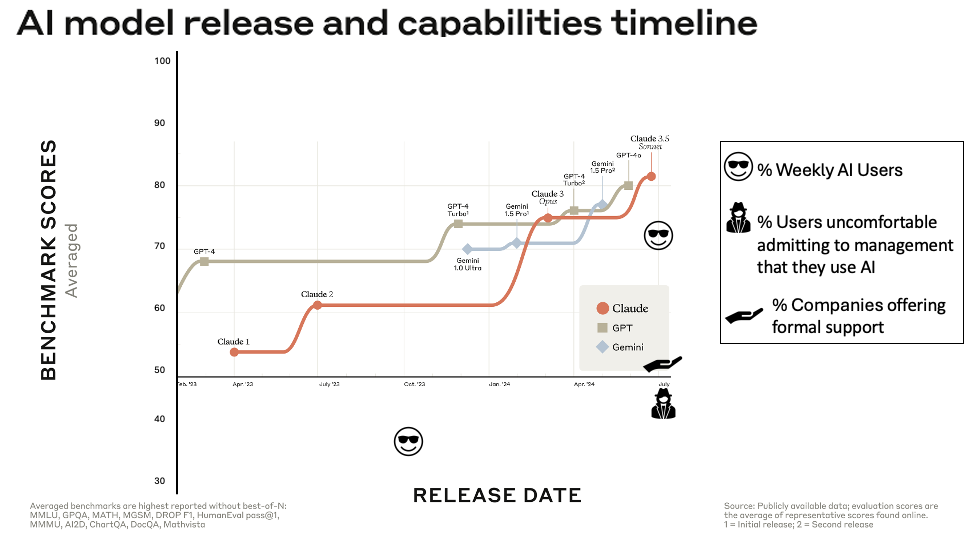THIS BLOG IS NOT GHOST WRITTEN
/
...but some may be. Just as your customer service can come from anywhere, so can much other work. Elancing -- a phrase from Thomas Malone and Robert Laubacher's 1998 Harvard Business Review article -- describes electronic freelancing as well as being the name of a related company -- Elance, Inc. (history here). While that company hasn't become Google, it has continued to grow and by 2006 had exceeded 7 Billion in services "spend." In 2006, they sold the services and contractor management part of the business to Click Commerce, retaining the on-line market. Elance University provides the basics.
I've written before about new organizational forms enabled by web-based infrastructure. The company oDesk was the example I used in that post as I like their management tools (both for buyers and sellers).
Today, Elizabeth Holmes writes in the Wall Street Journal about Selling Expertise On the Internet For Extra Cash. She presents the provider's perspective, as well as highlighting tasks such as mental health counseling and article writing, rather than the more commonly discussed information technology jobs.
I've been talking about elancing as a possible building block of organizational design since 2000. Generally, even when I had the chance to have a guest speaker from Elance, my students scoff. "Another of Prof. Griffith's Sci Fi ideas...." The number of companies and capabilities continues to grow, so I'm going to stand by my perspective that elancing, or Internet-enabled freelancing, is a viable option. Day by day we become more comfortable with virtual work. Day by day we develop better tools for managing and providing visualization into virtual work. Day by day we build companies with new types of employee relationships. At least once a month I have a conversation with a colleague about how the job of professor will be different in 20 years. We're nine years past when I started talking about this, and 11 years past the HBR article. The options have been tested and found viable. What will the next ten years bring?







